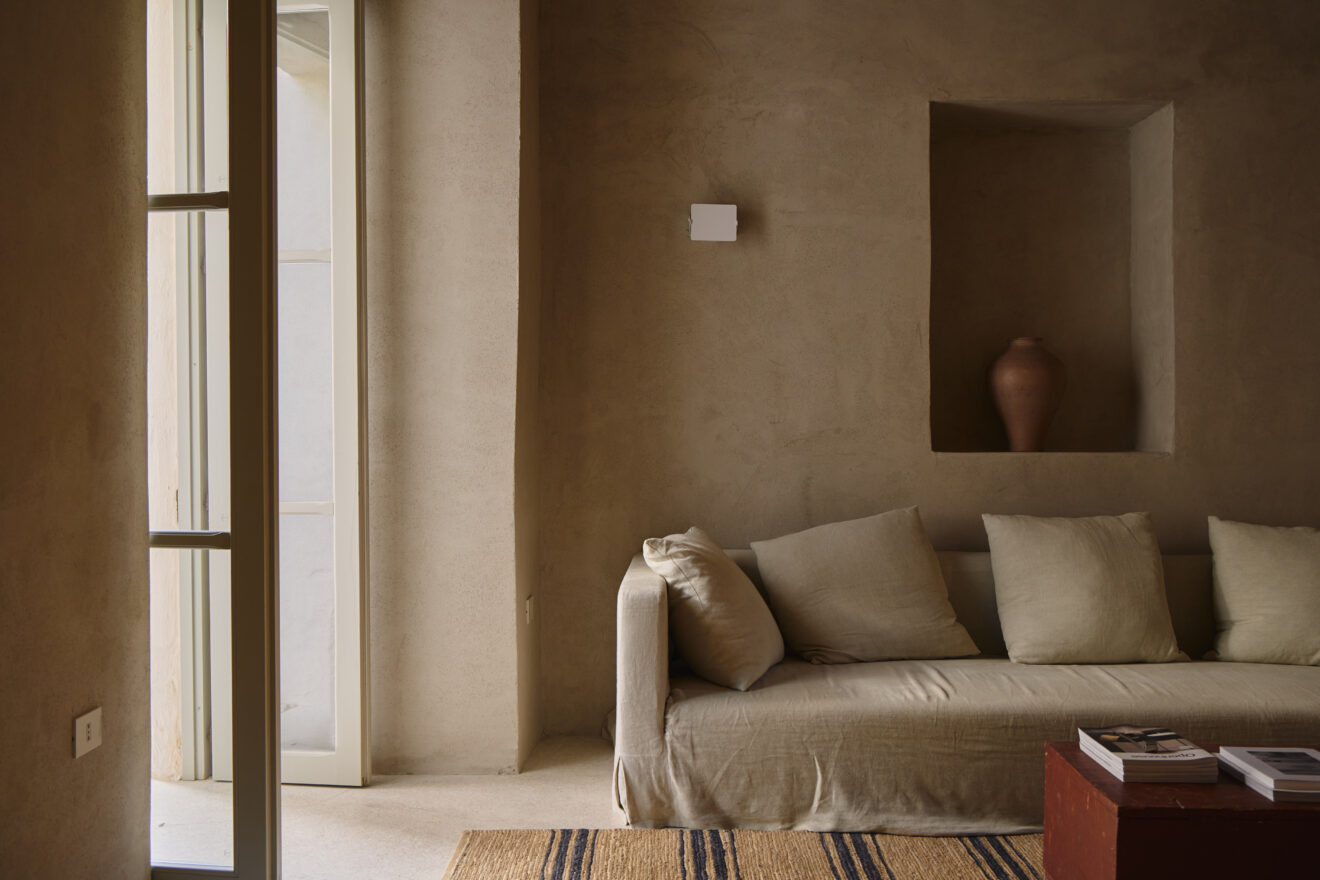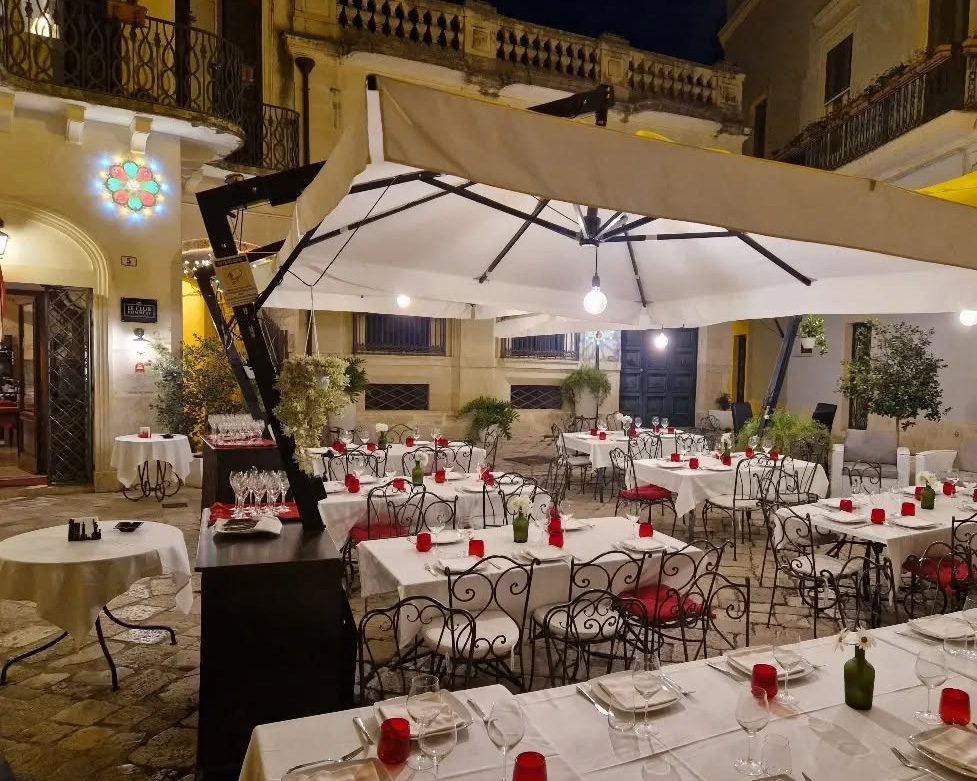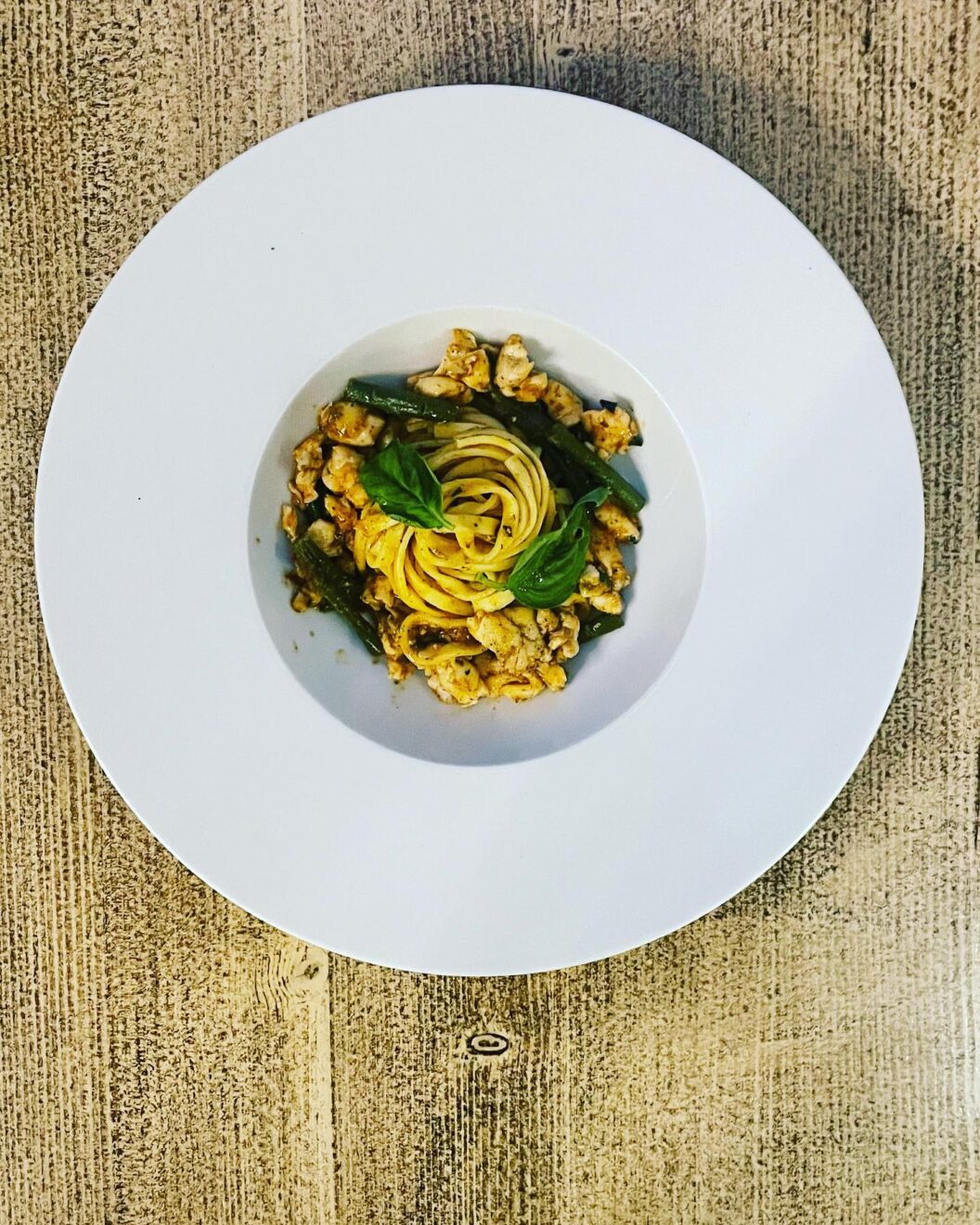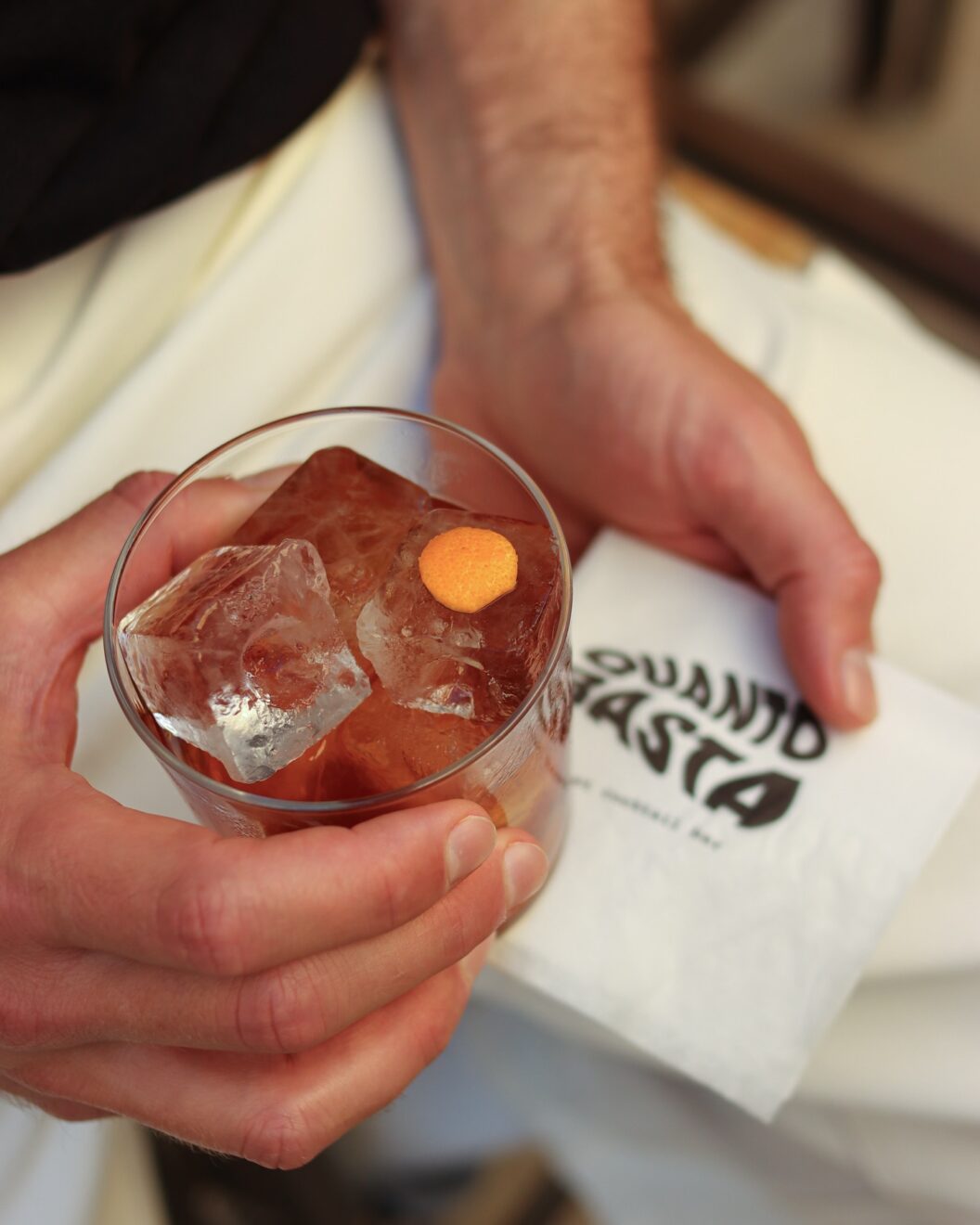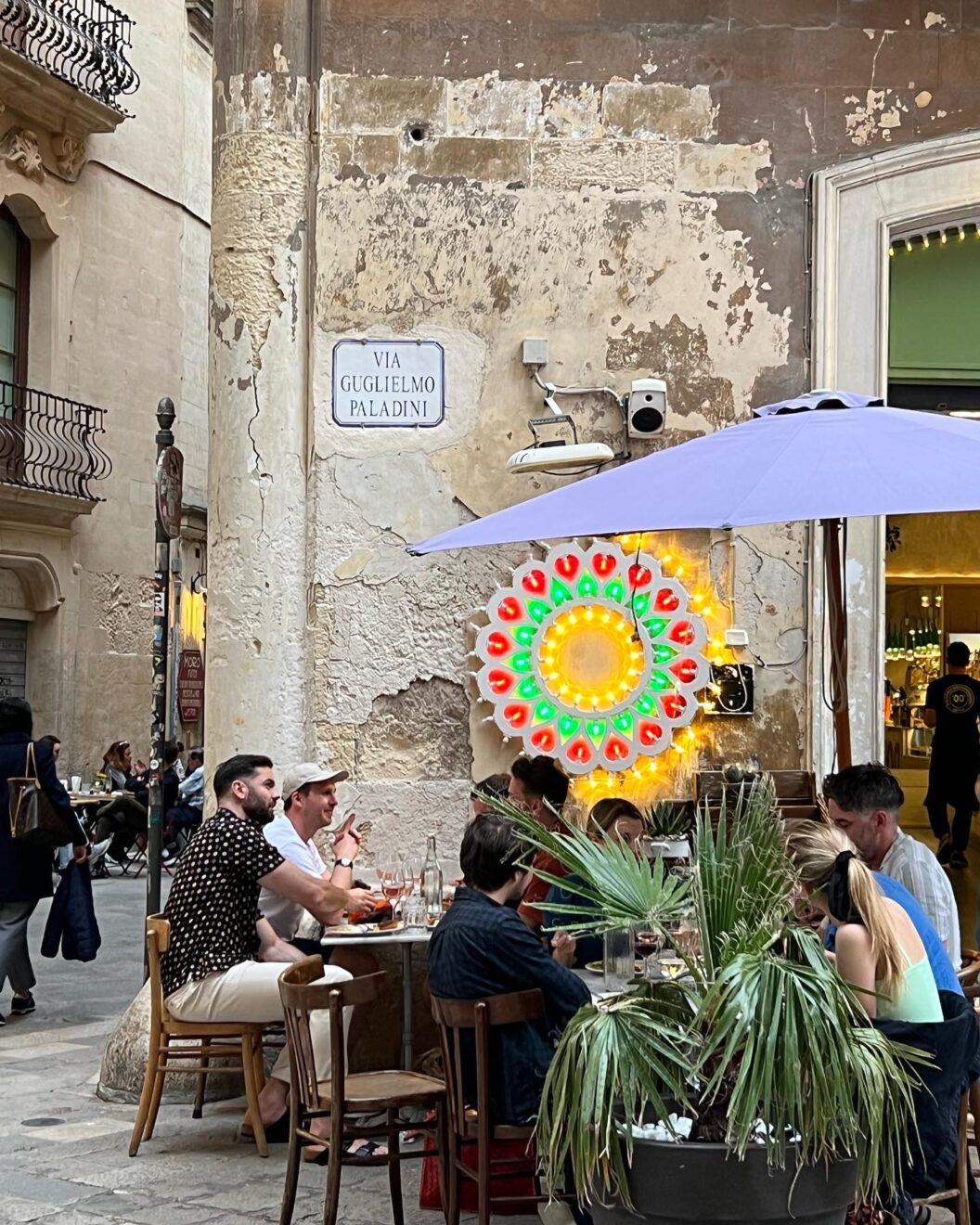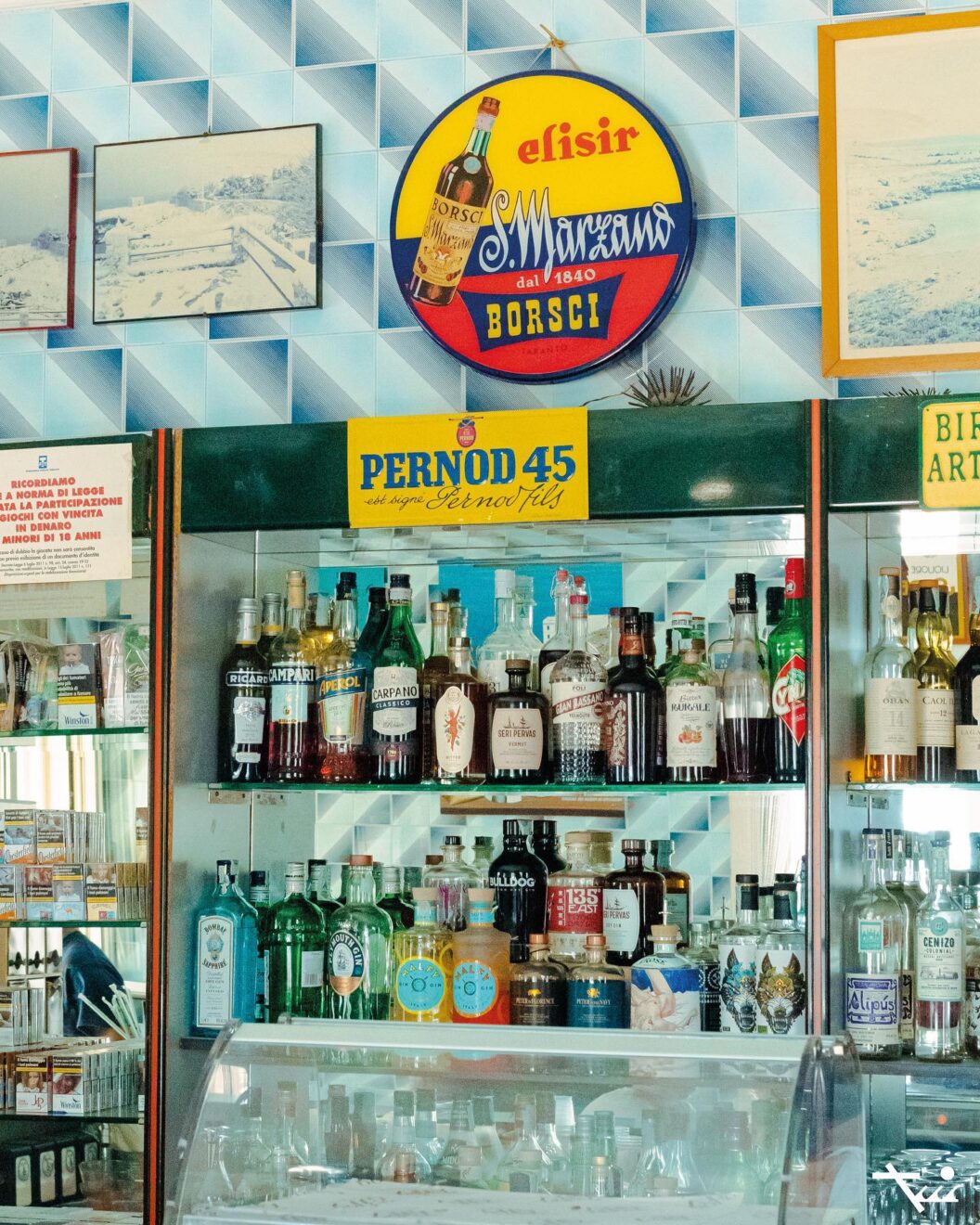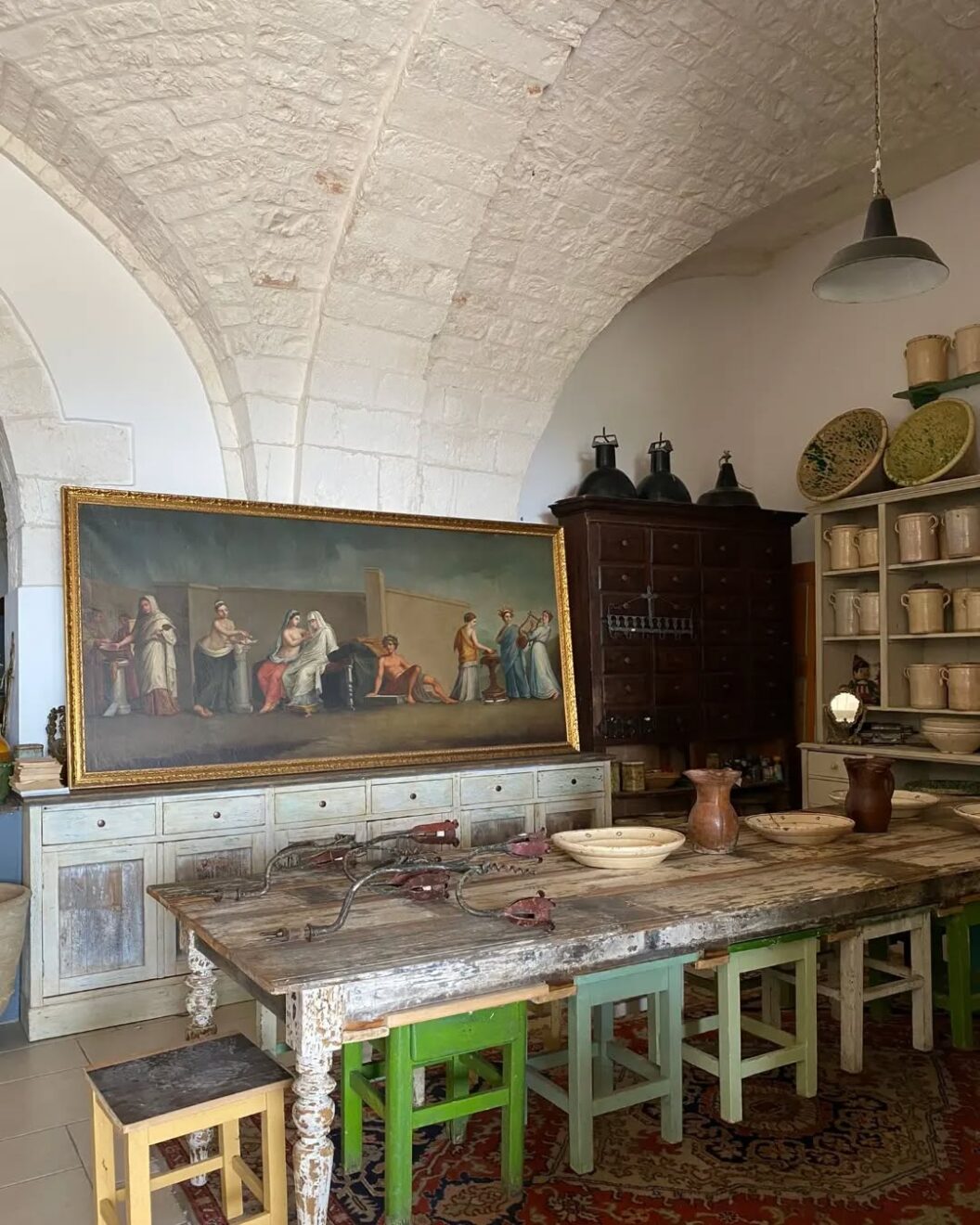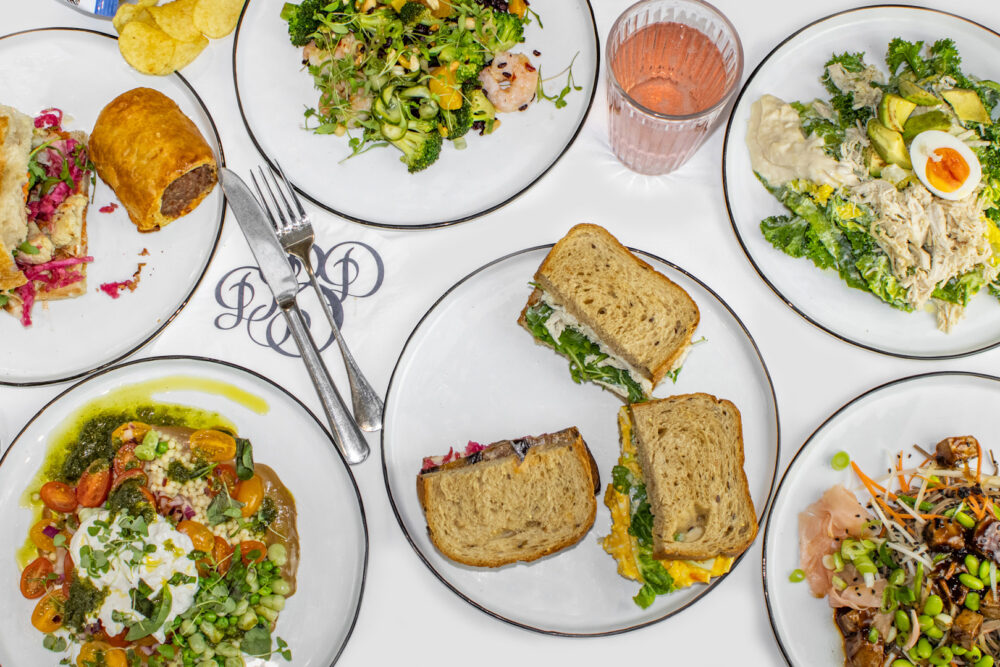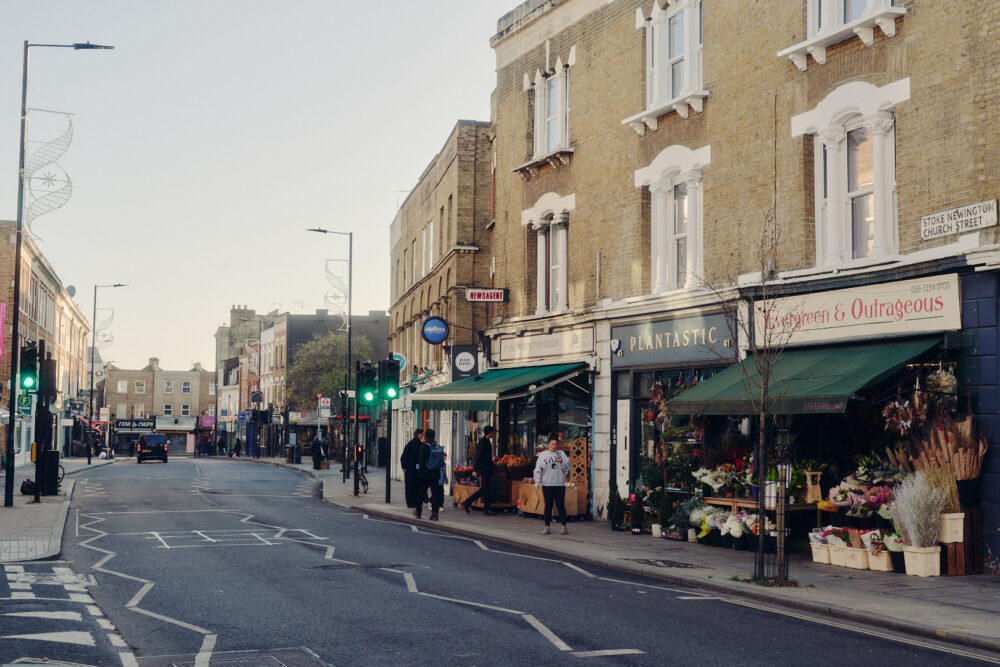An Insider’s Guide to Salento, Puglia
Andrew Trotter became enchanted by Puglia long before the rest of the world caught on. In fact, his first project, Masseria Moroseta, probably played a big part in putting Puglia on the map of design-conscious travellers, and for good reason. The masseria (Italian for farmhouse) is luxurious, but not in the traditional high-polished-perfection sense; it pays homage to the land it sits upon and shows guests a slower way of living, even if just for a few days. Most importantly, it’s full of feeling, and this abundance of heart and soul is what sets Andrew’s flavour of minimalism apart. In the depths of Salento, you’ll find one of his most personal projects to date, the lovingly restored palazzotto named Casa Soleto, the house that has served as his Puglian home – and could perhaps even be yours.
There are certain places that reveal their true selves slowly, whose character isn’t immediately apparent on the surface but can be found in the texture of the walls, the quality of the light, and the rhythm of daily life. Puglia rewards those who spend real time there – those who slow down and live life directed by the simple pleasures of Southern Italy. This sleepy, slow life is precisely what charmed Andrew in the first place, and Salento, a region on the sun-drenched tip of Puglia, has plenty of it. Unlike other parts of Puglia that have been shaped by an influx of tourism, Salento has mostly remained as it always was: a handful of villages and towns frozen in time, connected by vast stretches of undulating landscape and olive groves that have been sculpted by the wind over centuries. Being on the very tip of Italy’s boot, the coastline is very special too, with both rugged rocky shores and soft, sandy coves.
In Salento, daily rituals reign supreme. Start the day slowly with a coffee and pistachio pasticciotto at the bar, peruse antiques and pottery, stop for a bountiful seafood lunch, and maybe spend the rest of the afternoon at one of the region’s many beaches. Before long, it’s time for aperitivo, followed by a late-night dinner in a restaurant that’s been passed down from generation to generation.
Having lived as the locals do, with Casa Soleto as his base, there is nobody better placed to weigh in on the best spots in Salento than Andrew Trotter himself. Get to know Salento through his eyes.
The Salento food scene is underlined by a profound respect for ingredients. Here, cooking is a direct expression of the land and sea, made special with skill and a refreshing lack of unnecessary flourish. Amongst the Baroque architecture of Galatina, you can find authentic local dishes served in atmospheric surroundings at Corte del Fuoco, providing a genuine taste of Salento’s culinary heritage. For a slightly more refined, yet still deeply rooted, experience, Anima & Cuore offers elegant presentations of Puglian classics. And no visit to Galatina, or indeed Salento, is complete without stopping at Pasticceria Andrea Ascalone for an oven-fresh pasticciotto — a custard-filled pastry that will become a non-negotiable part of your morning ritual.
Dubbed the Florence of the South, Lecce has a grandeur that other towns don’t, and has an eating and drinking offering to match. Alle Due Corti offers wonderful, simple local food. Le Zie Trattoria Casereccia is a local institution helmed by two sisters, specialising in home-style cooking in a dining room dressed with family pictures and red chequered tablecloths. If you’re seeking something more contemporary, Doppiozero brings a lively, modern energy to the traditional scene. For cocktails and dancing, Quanto Basso is the place.
Whether you choose to explore the coastline to the north or south, you’ll discover smaller towns and find gems like La Maruzzella, a straightforward eatery for incredibly fresh seafood served right by the water, or Miramare da Michele, another reliable destination for simple, delicious seafood by the sea, or Bar Alimentari Tabacchi de Carlo, a beachside town cafe, or Cibus, a family-run restaurant in a 15th-century convent. Inland, the beautifully restored Masseria Le Stanzie feels like stepping back a century; the food is excellent, and is made all the more immersive by the candle-lit setting at dinner.
Discovering Salento’s unique character means getting to know its local makers and checking out curated vintage shops in search of a piece of Puglia to take home with you. For those with an eye for antiques, places like Le Icone in Cisternino and La Mercanteria in Ostuni offer selections of antiques and vintage furniture, ideal for unearthing a special piece with a story to tell. The town of Grottaglie is the heart of Salento’s centuries-old ceramics tradition. Visiting the workshops, such as those of Nicola Fasano and Antonio Fasano, provides a glimpse into the artisanal process and an opportunity to buy Puglian pottery directly from the makers.
Salento has an abundance of historic towns and coastline to explore. Consider Lecce the anchor; simply wandering its historic centre, getting lost in its alleys and piazzas, is well worth an afternoon. For more Baroque beauty, head to nearby Galatina, home to the Basilica di Santa Caterina d’Alessandria with its impressive fresco cycle. Other towns like Nardò offer a vibrant local scene centred around a beautiful piazza, while the town of Otranto is a beautiful place to explore by the sea. Heading north, the landscape shifts towards the iconic Valle d’Itria, home to the iconic Trulli houses in Alberobello (charming, if undeniably popular) and the picturesque white towns of Ostuni and Cisternino, each with their own distinct atmosphere. Further afield, but entirely worth the journey (around a two-hour drive), the ancient cave city of Matera in Basilicata offers a historical landscape unlike anywhere else.
When it comes to coastlines, Puglia arguably has it all. The Adriatic coast to the east tends towards cliffs and hidden coves, such as the striking Ciolo fjord or the cool, clear waters of Cala dell’Acquaviva, fed by freshwater springs. A popular spot is the Grotta della Poesia near Roca Vecchia, a pristine natural pool famous for cliff jumping and swimming. The Ionian coast to the west offers sandier beaches and expansive views, home to lidos like Lido la Castellana in Porto Cesareo, which retains a timeless elegance and has calm, shallow water. The region has natural swimming pools and protected areas abound, from the beautiful cove of Porto Badisco to the very special beach club Bagno Marino Archi which is carved into the rocks, and the rugged coves of Porto Selvaggio – a paradisiacal surprise at the end of a long walk through pine forests. Baia dei Turchi near Otranto is another highlight, with its white powdery sand and fishbowl-clear water.
Salento is a region of abundance, too much to cover in one guide. For more of Andrew’s local insights, head to casasoleto.com.
Casa Soleto is For Sale exclusively through Aucoot. You can view the full listing here.

